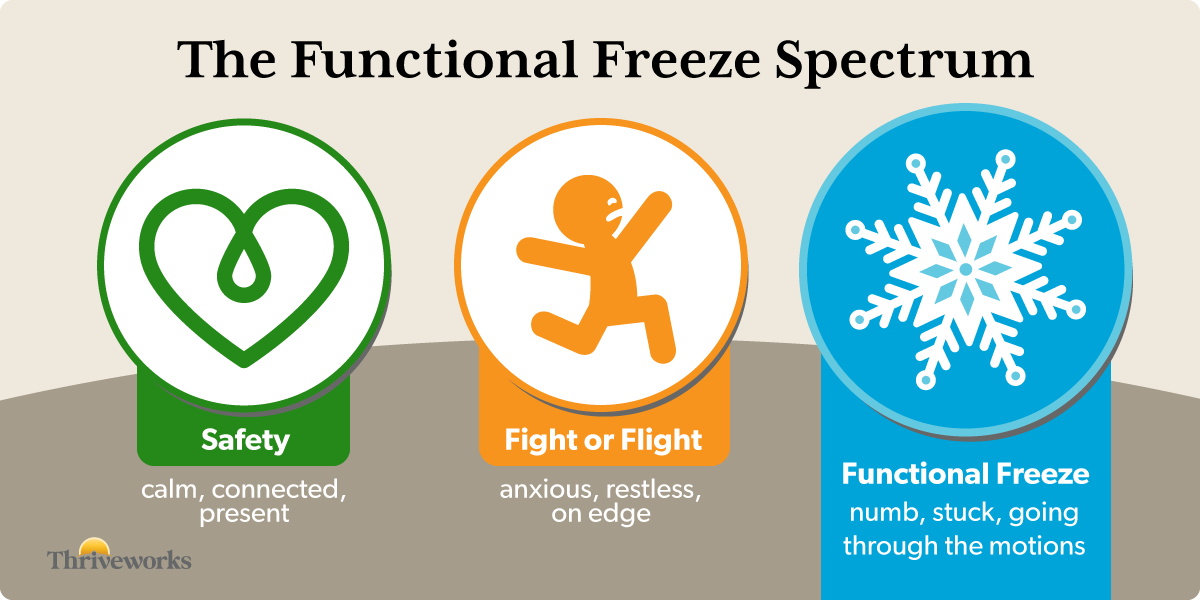A child with a talent for sports thrives most in a school with a good athletic program.
Some schools in Wayne County are better than others when it comes to student athletics. This list has graded some of the best schools for athletes in Wayne County. The results stem from U.S. Department of Education data, student and parent surveys, test scores and other categories.
Read more: Best School Districts in Wayne County
Where do some of Wayne County’s schools rank in the list? Below are the top 10 schools for athletes in Wayne County:
Van Buren Public Schools, Belleville (B)
- Address: 555 W. Columbia Ave., Belleville
- Why it stands out: Van Buren Public Schools is known for its strong community ties and commitment to student growth both academically and athletically. The district offers a wide array of extracurriculars and sports programs, which contribute to a well-rounded educational experience. A major investment in infrastructure, including a rebuilt Belleville High School, reflects its focus on providing students with modern learning environments.
Serving Belleville and parts of Van Buren, Sumpter and Ypsilanti townships, the district has evolved alongside its growing suburban population. Significant developments occurred in the 2010s with major facility upgrades, including the opening of a new high school. The district has long been central to education in the area, adapting to shifting demographics and educational standards.
Grosse Pointe Public School System, Grosse Pointe Woods (A+)
- Address: 20601 Morningside, Grosse Pointe Woods
- Why it stands out: Recognized for its high standards and academic rigor, Grosse Pointe provides a robust curriculum with an emphasis on college preparedness. It is appreciated for fostering a community where educational success and personal growth go hand in hand.
Grosse Pointe has a storied past of excellence stretching back to its founding in the early 1900s. Over the decades, it has maintained a tradition of excellence, continually evolving to meet the needs of its diverse student population.
Plymouth-Canton Community Schools, Plymouth (A)
- Address: 454 S. Harvey St., Plymouth
- Why it stands out: Plymouth-Canton Community Schools (P-CCS) consistently ranks among Michigan’s top districts, renowned for its rigorous academic programs, diverse extracurricular activities, and innovative curriculum approaches. The district offers a blend of strong STEM (Science, Technology, Engineering and Math) opportunities alongside a flourishing arts program. Its commitment to holistic education ensures students excel both inside and outside the classroom.
Since its founding, P-CCS has evolved with the surrounding suburban growth. It merged communities of Plymouth and Canton, adapting to demographic changes and prioritizing progressive education models. Over the decades, Plymouth-Canton has become a benchmark for quality public education in Wayne County.
Northville Public Schools, Northville (A+)
- Address: 405 West Main St., Northville
- Why it stands out: Northville Public Schools boasts an impressive array of extracurricular activities and academic programs that prepare students for future success. The district is known for its rigorous Advanced Placement courses and high college acceptance rates.
With roots going back to the 1800s, Northville Public Schools has a long tradition of excellence. The district has grown in tandem with the community, maintaining its reputation by embracing progressive educational practices while honoring its rich history.
Detroit Edison Public School Academy, Detroit (C )
- Address: 1903 Wilkins St., Detroit
- Why it stands out: Detroit Edison Public School Academy (DEPSA) is one of Detroit’s highest-performing charter schools. It consistently ranks at the top in English and Math scores citywide and outperforms state averages on the SAT. The school offers a robust academic program, including the International Baccalaureate Middle Years Programme, early access to algebra and a range of after-school activities.
Founded in 1998, DEPSA was the first school in the New Paradigm for Education network. It gained national attention in 2012 as one of Michigan’s first Green Ribbon Schools. The high school campus opened in 2020, expanding its reach through grade 12. In 2022, it was recognized by Oakland University as one of Detroit’s top open-enrollment schools. Today, DEPSA continues to lead in academic achievement, innovation, and equity-driven education in the city.
Woodhaven-Brownstown School District, Woodhaven (A)
- Address: 24871 Van Horn Road, Woodhaven
- Why it stands out: This district shines through a strong emphasis on community involvement and personalized learning. Woodhaven-Brownstown is praised for maintaining smaller class sizes and fostering an inclusive atmosphere that supports students’ academic and emotional growth. The district’s preparation for college and career readiness is exemplary, backed by a comprehensive career technical education program.
Established in 1968, during suburban expansion, Woodhaven-Brownstown has steadily built a reputation for cultivating close-knit schools that serve their neighborhoods with pride. Its continuous improvements reflect adaptive leadership committed to student success.
Detroit Public Schools Community School District, Detroit (C )
- Address: 3011 W Grand Blvd., Detroit
- Why it stands out: As Detroit’s traditional public district, DPSCD serves over 51,000 students across preK through grade 12. It has recently focused on rebuilding infrastructure and academic quality post-financial crisis, with renewed community oversight after years of state control. The district plays a central role in Detroit’s educational renaissance amid rising charter enrollment.
Established in 1842, the district grew with Detroit’s urban expansion. Following fiscal crises and state takeovers from 1999 to 2016, leadership returned to an elected board in 2005. DPSCD underwent major financial restructuring under emergency managers, culminating in the formation of the current district in 2016 to manage legacy debt and operations.
River Rouge Public Schools, River Rouge (C-)
- Address: 1460 W Coolidge Highway, River Rouge
- Why it stands out: Serving around 3,060 preK through grade 12 students, the district maintains a diverse student body (approximately 80% minority, 54% economically disadvantaged). Academically, it earns a modest C‑ grade but is valued for supporting students with AP offerings, strong extracurriculars and a community‑centered approach.
River Rouge schools date back to at least 1904, with the first high school graduating five students in 1907. A new high school was built in 1922 and replaced via a 1993 bond. Today, the district operates four traditional schools and an online academy.
Allen Park Public Schools, Allen Park (B+)
- Address: 9601 Vine Ave., Allen Park
- Why It Stands Out: Allen Park Public Schools emphasizes community partnerships and student-centered learning. The district has taken strides to improve technology access, support special education, and expand fine arts programs. Dedicated staff foster a nurturing learning environment.
Dating back to the early 1900s, the district grew along with the city’s industrial boom. Allen Park Public Schools has worked through economic fluctuations, consistently striving to raise educational standards.
Harper Woods Public Schools, Harper Woods (D-)
- Address: 20225 Beaconsfield St., Harper Woods
- Why it stands out: This smaller district (approximately 100 students per grade) emphasizes community and accountability. Harper Woods faced controversy over opening to non-residents (mostly from Detroit) but now uses open enrollment strategically to support enrollment and diversity. The high school, opened in 1951 and updated around 2007, even served briefly as a film set for the 2012 “Red Dawn” remake.
Harper Woods High School was founded in 1951; current facilities date to around 2007. The district used to restrict non-resident enrollment, but shifted in 2009 to better balance enrollment and community involvement. Its high school has become a focal point of local pride.
Follow Metro Parent on Instagram.
from Metro Parent https://ift.tt/2x9FLBk













 Morning routine sets the tone
Morning routine sets the tone
 Classroom strategies keep students on track
Classroom strategies keep students on track Midday check-ins and motivation
Midday check-ins and motivation
 End-of-day reflection builds independence
End-of-day reflection builds independence









